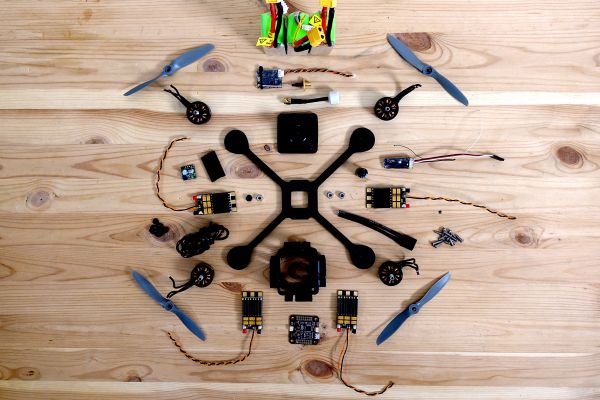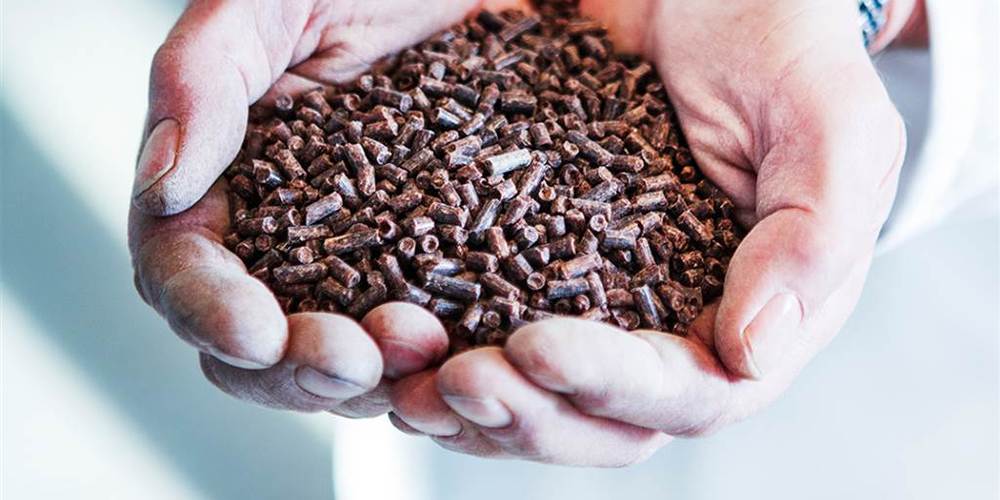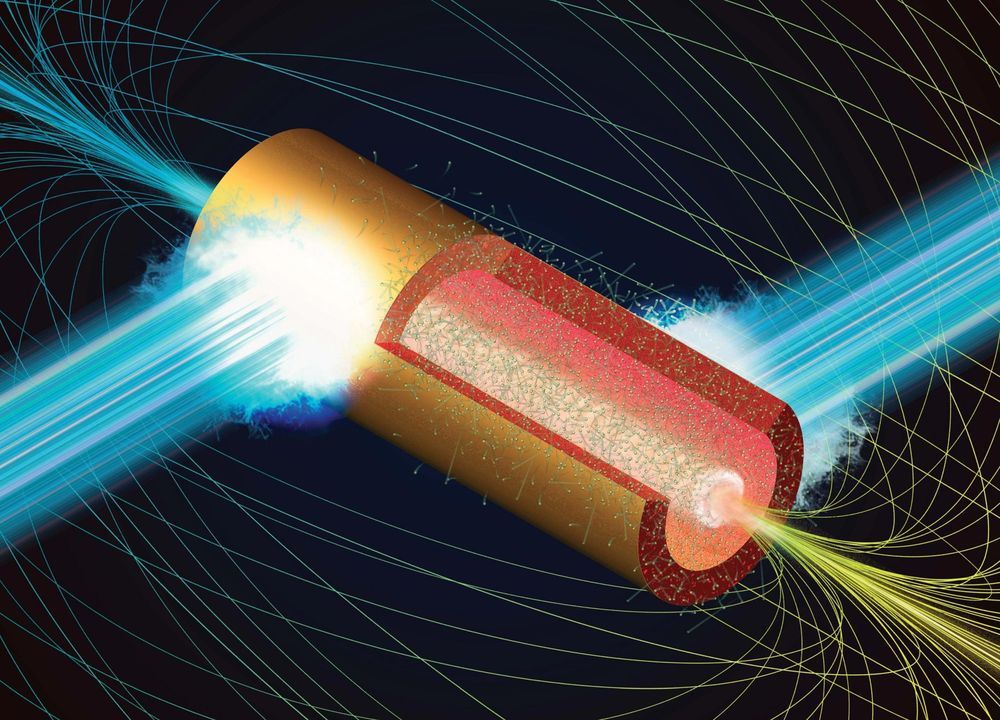
Physicists have created a broadband detector of terahertz radiation based on graphene. The device has potential for applications in communication and next-generation information transmission systems, security, and medical equipment. The study came out in ACS Nano Letters.
The new detector relies on the interference of plasma waves. Interference as such underlies many technological applications and everyday phenomena. It determines the sound of musical instruments and causes the rainbow colors in soap bubbles, along with many other effects. The interference of electromagnetic waves is harnessed by various spectral devices used to determine the chemical composition, physical and other properties of objects — including very remote ones, such as stars and galaxies.
Plasma waves in metals and semiconductors have recently attracted much attention from researchers and engineers. Like the more familiar acoustic waves, the ones that occur in plasmas are essentially density waves, too, but they involve charge carriers: electrons and holes. Their local density variation gives rise to an electric field, which nudges other charge carriers as it propagates through the material. This is similar to how the pressure gradient of a sound wave impels the gas or liquid particles in an ever expanding region. However, plasma waves die down rapidly in conventional conductors.


















